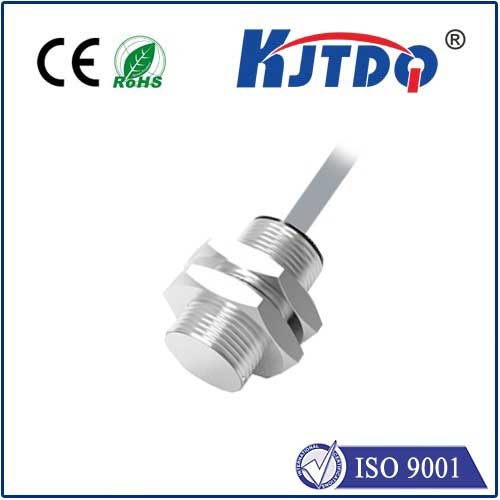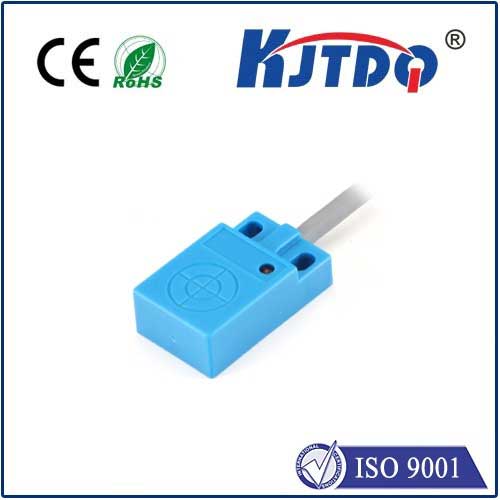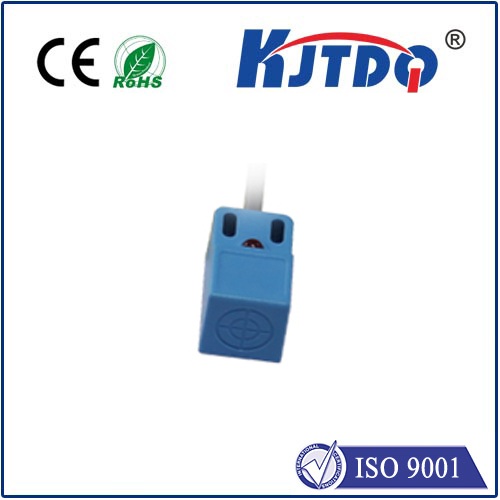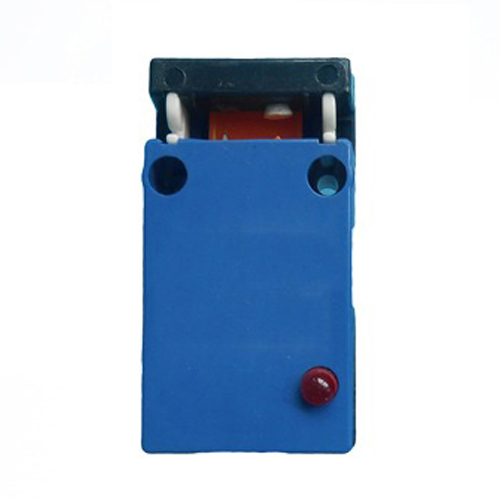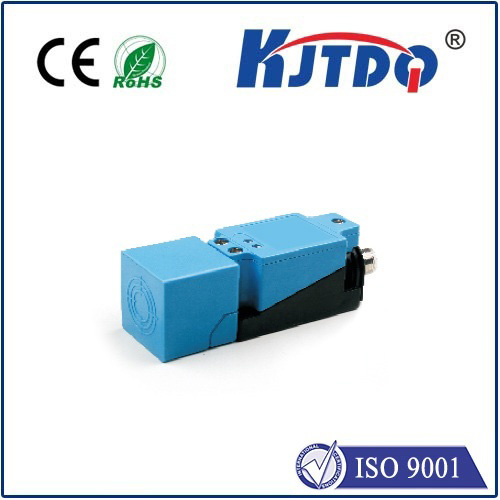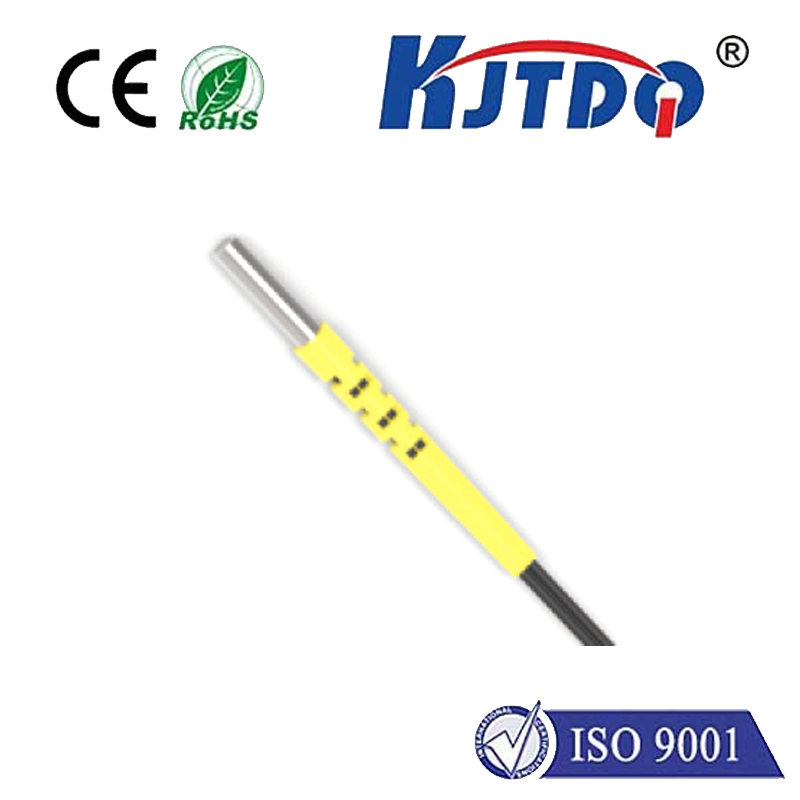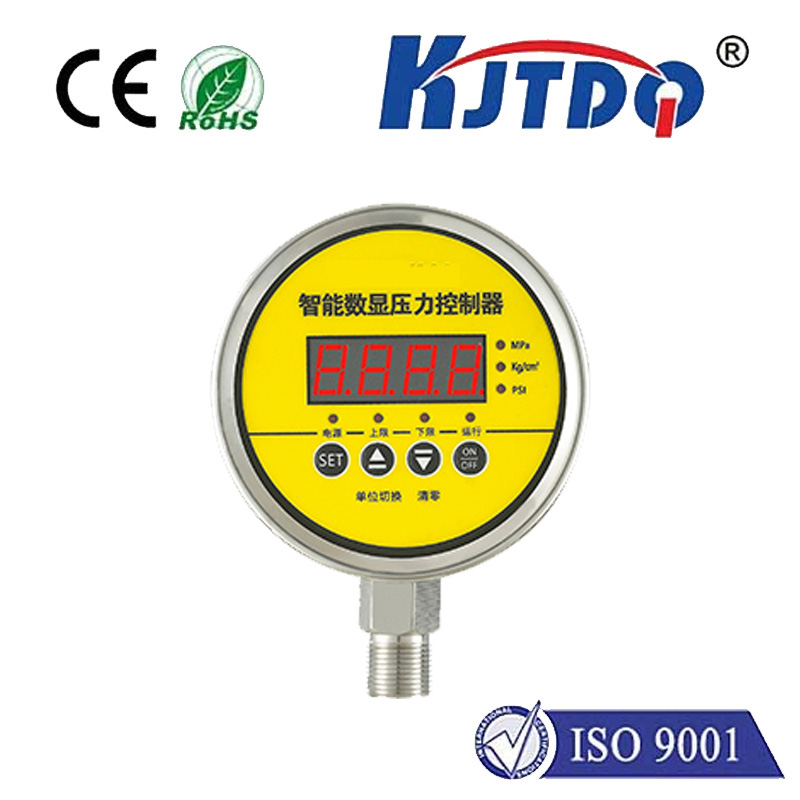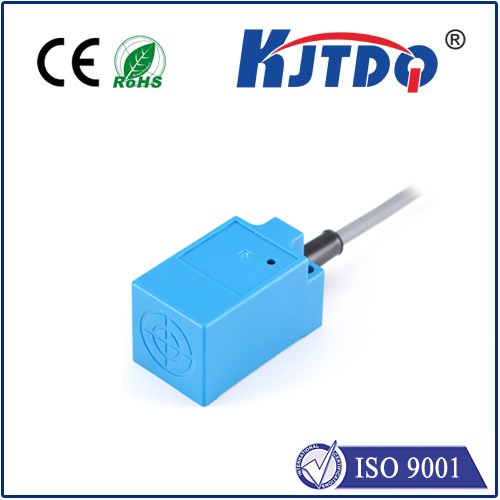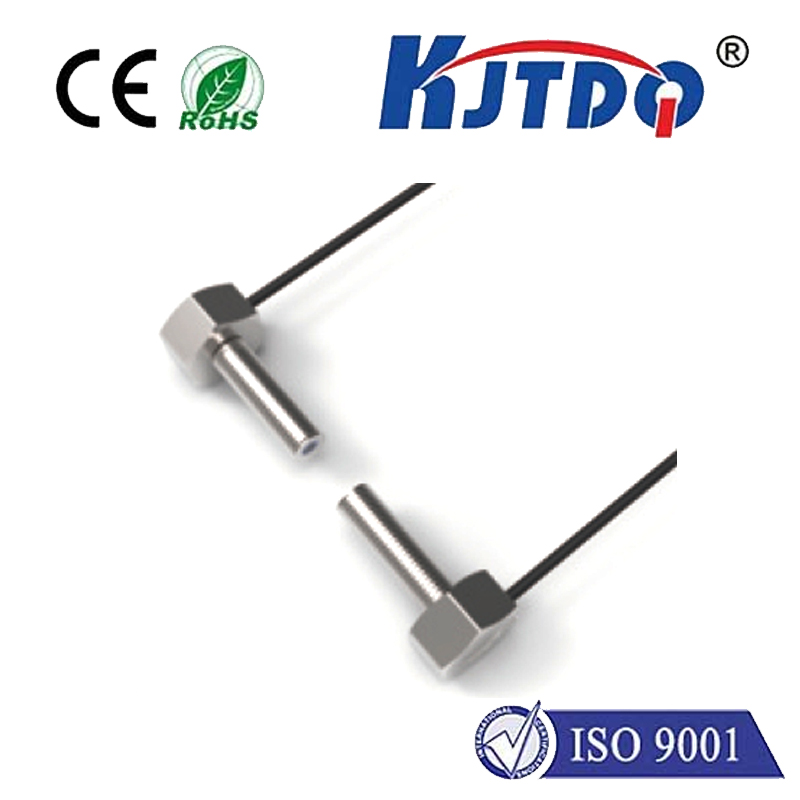displacement position and proximity sensors
- time:2025-06-19 01:57:54
- Click:0
Displacement vs Position vs Proximity Sensors: Understanding Their Roles in Modern Automation
Imagine a complex robotic arm assembling a car engine. It seamlessly moves components into place with micron-level precision, gently picks up delicate parts without crushing them, and knows exactly where every tool is located. This ballet of automation isn’t magic; it’s enabled by a sophisticated network of sensors. Among the most critical are displacement, position, and proximity sensors. While their names might sound similar, each plays a distinct and vital role in the orchestra of industrial control and measurement. Understanding their differences and applications is essential for designing efficient, precise, and safe automated systems.
Decoding the Trio: Definitions and Core Principles
- Displacement Sensors: These devices measure the distance an object has moved from a reference point, quantifying the change in location. This movement can be linear (straight line) or angular (rotation). Essentially, they answer: “How far has it moved?” or “How much has it rotated?”
- How They Work: They often rely on technologies like:
- Linear Variable Differential Transformers (LVDTs): Measure linear displacement using electromagnetic induction.
- Capacitive Sensors: Detect changes in capacitance caused by the movement of a target relative to the sensor face.
- Potentiometers (Linear/Rotary): Measure displacement by changing resistance as a wiper moves.
- Laser Displacement Sensors: Use triangulation to calculate distance based on the displacement of a reflected laser spot. Accuracy and resolution are key specifications.
- Position Sensors: These sensors determine the absolute or relative location of an object in space (e.g., its coordinates on an X-Y plane or its angular orientation). They answer: “Where is it located right now?”
- How They Work: Position sensing often builds upon displacement principles but provides absolute context:
- Absolute Encoders (Rotary/Linear): Output a unique digital code for every distinct position, providing location immediately upon power-up without needing a reference move.
- Resolvers: Electromagnetic devices providing absolute angular position information, highly robust in harsh environments.
- GPS Modules: Provide absolute geographic position coordinates. Position sensors are fundamental for navigation, robotics, and closed-loop control systems requiring continuous location awareness.
- Proximity Sensors: These are non-contact sensors designed to detect simply the presence or absence of an object within a defined range (the sensing distance), or occasionally to measure the distance to a nearby object. They primarily answer: “Is an object near?” or sometimes “How close is it?” without physical touch.
- How They Work: Common technologies include:
- Inductive Proximity Sensors: Detect the presence of metallic objects by disturbing an electromagnetic field.
- Capacitive Proximity Sensors: Detect both metallic and non-metallic objects (liquids, plastics, wood) by changes in capacitance caused by the target entering an electrostatic field.
- Ultrasonic Sensors: Measure distance or detect presence by emitting sound waves and timing the echo return.
- Photoelectric Sensors (Diffuse, Retro-reflective, Thru-Beam): Use light beams (visible, IR) interrupted or reflected by an object. Non-contact operation is their hallmark, making them ideal for detection tasks where physical contact is impossible or undesirable.
Key Differences: More Than Just Semantics
While sometimes overlapping in application, their core functions differ significantly:

| Feature |
Displacement Sensors |
Position Sensors |
Proximity Sensors |
| Primary Focus |
Change in location/distance |
Absolute or Relative location |
Presence or Absence nearby |
| Output |
Continuous distance/angle (mm, °) |
Coordinates, Angle, Specific Location |
On/Off Switch or Distance |
| Core Question |
How far/much has it moved? |
Where is it located? |
Is something nearby? |
| Contact |
Often Contact or Near-Field |
Varies (Contact/Non-Contact) |
Predominantly Non-Contact |
| Typical Use |
Vibration analysis, Dimensional gauging |
Machine tool axes, Robotic arm feedback |
Object detection, Limit switching |
Synergy in Action: Real-World Applications
The true power of these sensors lies in how they work together within automated systems:
- Manufacturing & Assembly Lines: Proximity sensors detect parts arriving on a conveyor, signaling the next stage. Displacement sensors measure the precise stroke of a pneumatic cylinder pressing components together or the thickness of materials. Position encoders (rotary) on robotic joints provide feedback to ensure the arm moves exactly to the programmed location for assembly or welding. Integrated feedback loops constantly adjust for accuracy.
- Vehicle Systems (Automotive/Aerospace): Linear displacement sensors monitor suspension travel or brake pad wear. Rotary position sensors measure throttle valve angle and steering wheel position. Inductive proximity sensors detect gear position or confirm door closure. This data is crucial for vehicle control systems like ABS and ESC.
- Machine Tools (CNC): Linear encoders (displacement/position) provide ultra-precise feedback on the tool head position relative to the workpiece, ensuring dimensional accuracy. Proximity sensors act as limit switches to prevent collisions or detect tool breakage.
- Material Handling: Capacitive proximity sensors detect the level of liquids or granular materials in tanks (without direct contact). Displacement sensors monitor fill levels precisely in dosing applications. Position sensors track the location of automated guided vehicles (AGVs).
- Robotics: All three are essential. Joint position encoders provide limb location feedback. Displacement sensors might measure end-effector force via deflection. Proximity sensors prevent collisions or trigger gripper actions near objects. Spatial awareness is built on their combined data.
Critical Advantages Driving Adoption
The integration of these sensors brings undeniable benefits:
- Enhanced Precision & Accuracy: Micron-level displacement measurement and high-resolution position feedback are critical for quality manufacturing and tight tolerances. Repeatability is paramount.
- Improved Safety: Proximity sensors create safety zones, preventing machinery from operating if personnel are too close or detecting obstructions. Position limits prevent over-travel.
- Increased Efficiency & Productivity: Automated detection, precise positioning, and fast feedback loops minimize cycle times and reduce errors, boosting throughput.
- Reduced Downtime & Predictive Maintenance: Continuous monitoring via displacement sensors (e.g., vibration analysis) can detect bearing wear or misalignment before catastrophic failure. Proximity sensors flag missing components.
- Non-Contact Operation: Especially for proximity and certain displacement/position sensors (laser, capacitive, ultrasonic), this eliminates wear and tear, allows detection of delicate objects, and works in harsh environments (dirty, wet).
Choosing the Right Tool: Considerations
Selecting the optimal sensor requires careful analysis:
- What is the primary requirement? (Measure movement? Find absolute position? Detect presence?)
- Required Range & Resolution: How small a change or distance needs detecting?
- Target Material & Environment: Metal vs. non-metal? Presence of dust, water, oil, EMI? Temperature extremes?
- Output Needed: Analog signal, digital pulse, discrete on/off?
- Mounting & Size Constraints: Physical space available?
- Cost vs. Performance: Balancing specifications with budget.
Displacement, position












